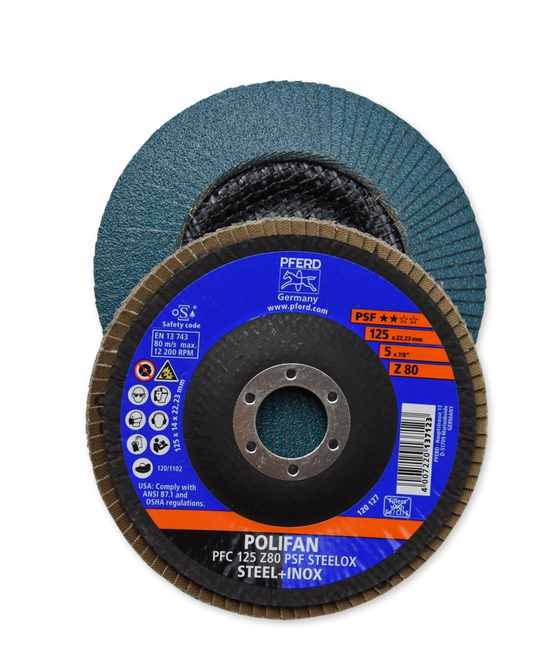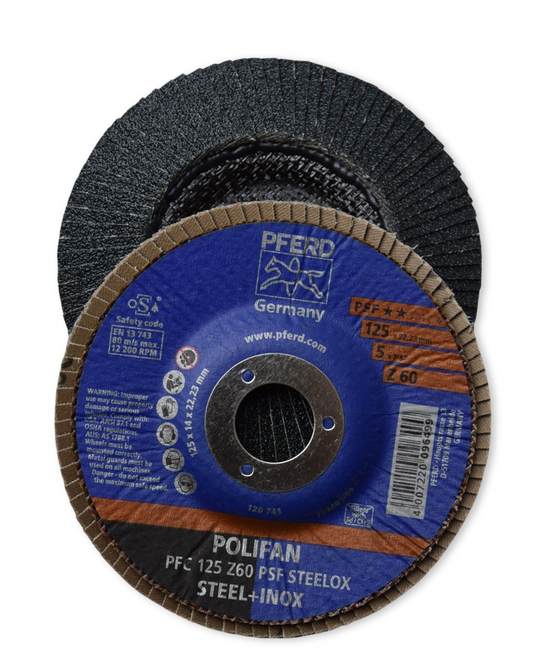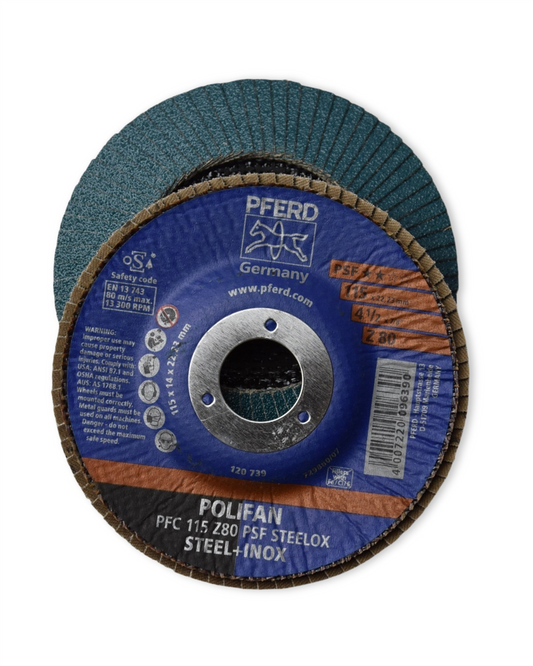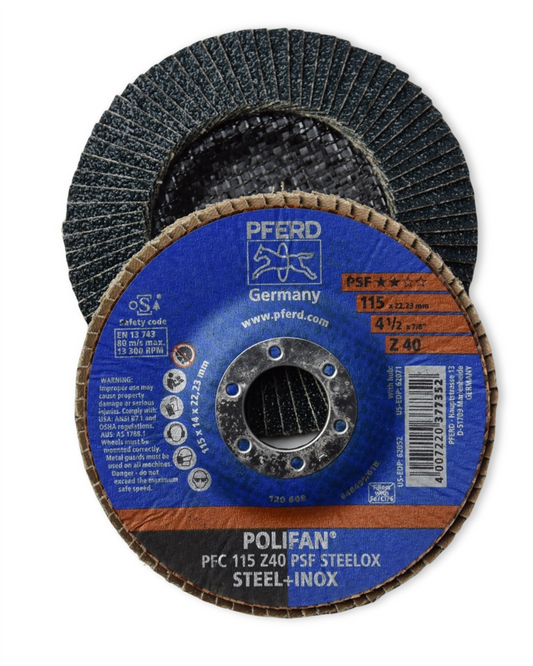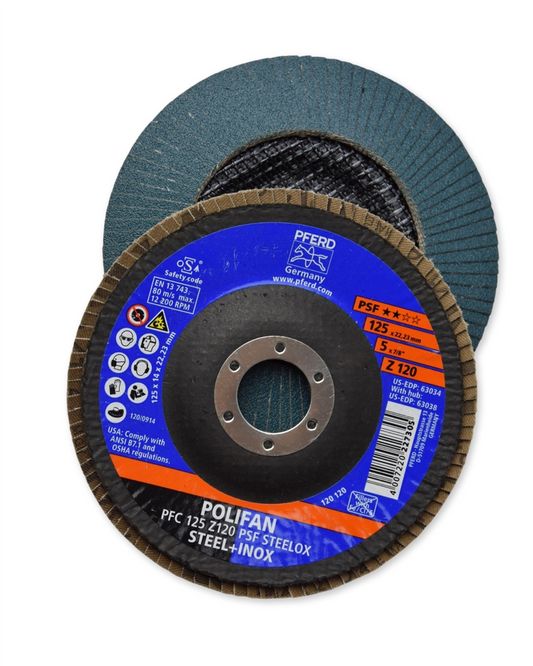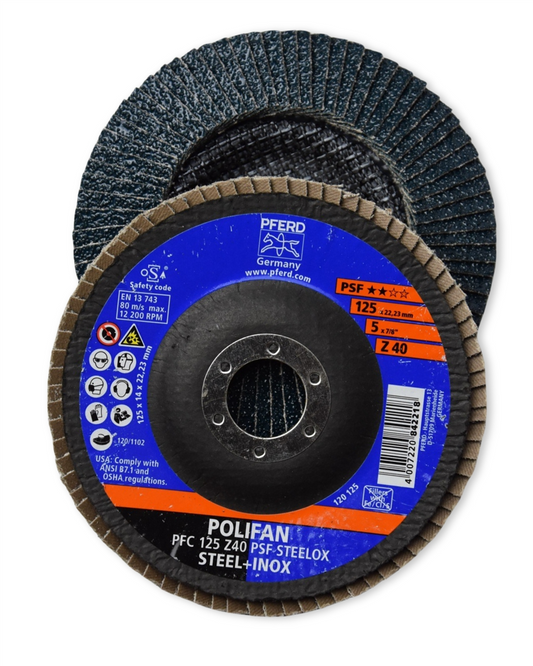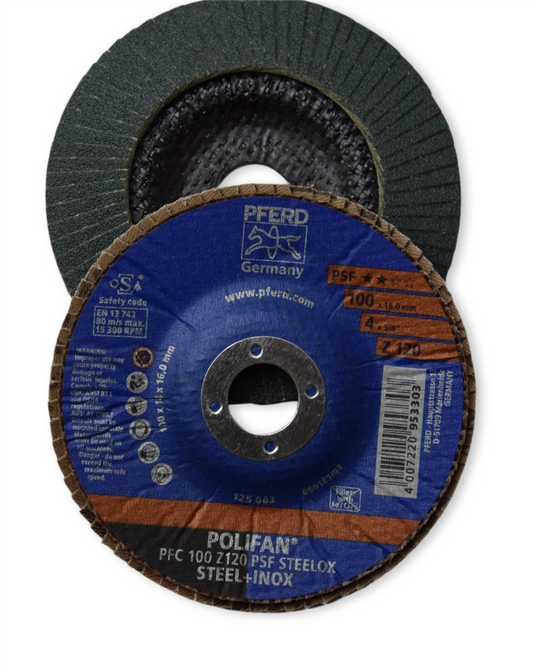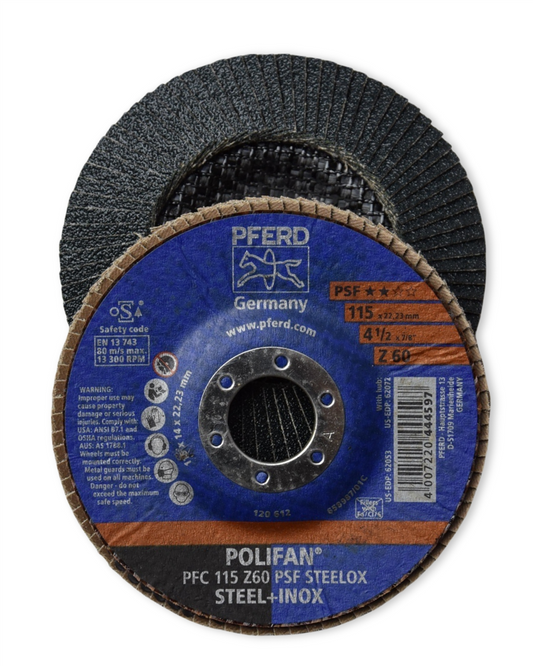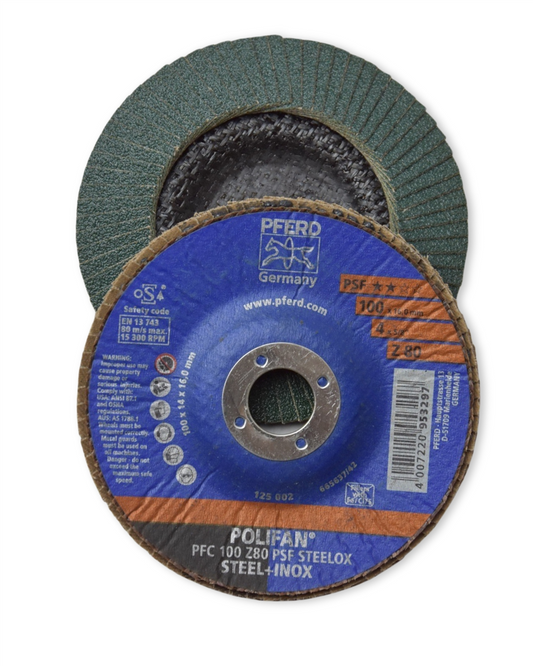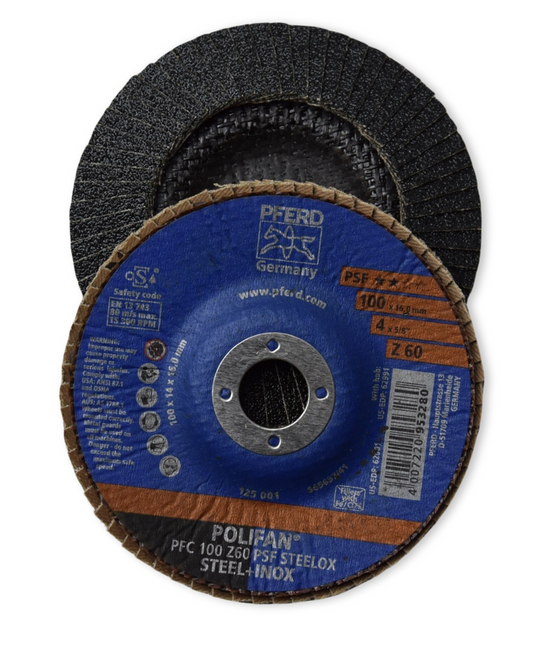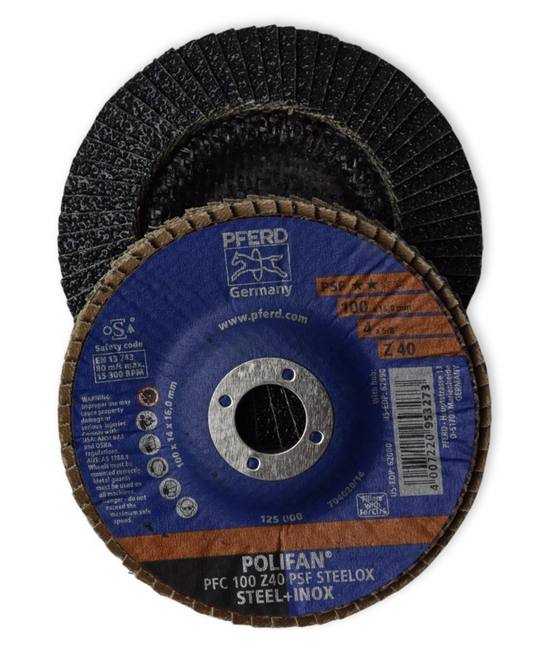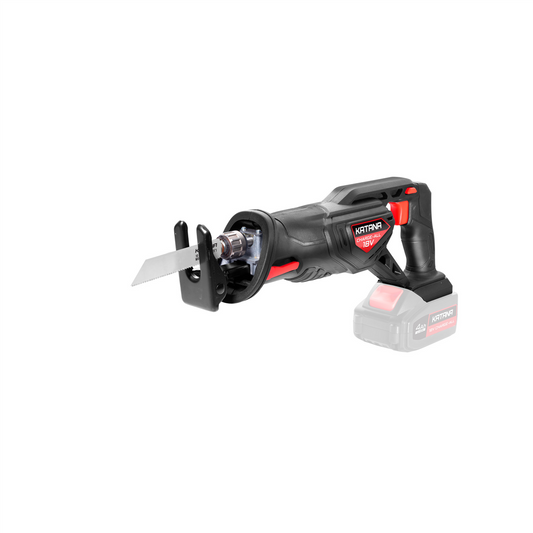Roof leaks don’t knock — they break in. Here’s how to keep them out for good.
Share
Get to Leaks Before They Get to You: The No-Nonsense Guide to Roof & Gutter Care
Why wait for a downpour to find the weak spot?
Here’s the thing about roofs and gutters — they’re easy to forget until they’ve already caused damage. The creeky drip over your verandah, the mysterious ceiling stain above the kitchen, or worse... soggy insulation crawling with mould. Most of the time, those headaches started months before you saw the signs.
A roof leak never arrives uninvited. It’s been brewing — slowly, quietly, and often in spots you’d never think to check. But with a solid upkeep strategy and a bit of preventative elbow grease, you can dodge the drama of major repairs and keep your home in shape, season after season.
Roof maintenance: not just for storm chasers
There’s a bit of folk wisdom passed down on job sites: "You patch the roof when the sun’s out, not during the storm." Makes sense, right? But life gets in the way, and suddenly years go by without checking a single tile or clearing a single downpipe.
But it doesn’t have to be a mission. A couple of short sessions a year can be all it takes to save your roof — and wallet — from real pain later. Here’s what to keep your eye on.
Start at the top: Roof Inspection Basics
Even a good roof needs a second look
Start by giving your roof a scan from the ground. Binoculars help. Look for:
- Broken or slipped tiles
- Rust spots or lifting sheets on metal roofing
- Pooling water, especially around valleys
- Debris build-up in hard-to-see spots
If anything looks off, it's time for a closer hands-on inspection. Just watch your footing — and if you're unsure, it’s smart to call in someone who’s done it a hundred times before.
“All it takes is one slipped tile and Melbourne Cup day could turn into mop-up duty.” — Candeece from the Learner Corner
Patching vs replacing: When is it time?
If damage is small and localised (a crack here, a loose flashing there), you can often patch the area with roofing cement or a tile replacement. But for rusted sheets, multiple leaks or sagging structures — get a pro to weigh in. Quick fixes aren’t always the cheapest option in the long run.
Gutter truth: Keep it clear or risk the overflow
Gutters are silent heroes — until they’re not
Gutters serve one purpose: to carry water safely off your roof and away from your home. When blocked, they turn from helper to hazard.
Check and clean them:
- At the end of autumn (hello, gum leaves)
- After a big storm or windy patch
- In early spring, before that first big downpour
Use gloves, a plastic scoop, and make sure your ladder is on stable ground. And don’t forget downpipes — run a hose to check water is flowing freely through.
Thinking of installing gutter guard?
It’s fantastic for reducing regular cleanups, especially in leafy suburbs or on rural blocks. But it’s not a set-and-forget solution — seeds and fine debris can still collect, and guards need checking at least once a year to stay effective.
Things most people miss (but shouldn’t)
- Flashing and sealant: These keep your chimney, skylights, and vent pipes sealed against leaks. Over time, the material can dry out and crack. Give them a poke — if the sealant crumbles or looks brittle, it’s ready to go.
- Sagging gutter brackets: Overloaded gutters can bend their brackets, throwing off the angle and causing water to back up.
- Overflow stains: Look under the eaves — streaks can tell you if water’s been spilling over regularly.
A peek into the past: How old fixes become new problems
We see it all the time — a well-meaning fix done a decade ago becomes the source of the current leak. Piles of silicone where flashing should be properly seated, paint over rust, tar sheets slapped on in wet weather. These band-aids don’t always hold up, especially in the dry-wet-dry cycles of our climate.
Regular checks help you catch these makeshift moments before they give out entirely. Got roofing work done in the past? That area deserves a few extra minutes every year.
Water stains indoors? Don’t just repaint — find the culprit
A brown mark on the ceiling might seem like it’s far from your gutters or roof tiles, but water travels in sneaky ways. It can seep along beams, collect in insulation, and show up far from where it started. Mark where you see the stain, then head to the roof and work backward. Pay close attention to areas above and around the mark.
Ask yourself:
- Is there a cracked tile or screw line above?
- Could wind-driven rain have pushed in through a vent?
- And has this area had issues in the past?
The wrap-up: Simple work now saves major work later
Leaks never arrive smiling — they creep in frustrated, persistent, and set on damaging more than just your Sunday plans. But by getting in front of them, setting up yearly checks, and taking rooftop quirks seriously, you’ll never be surprised by a wet ceiling again.
And if you’re ever unsure what's normal and what's not, we’re just round the corner, happy to lend a second set of eyes or the right gear to get the job done safely.
Here’s to dry ceilings, sharp eyes, and a roof you never have to think twice about.
Till next time,
Candeece

Stay Connected
Follow our Facebook Page: Strathalbyn H Hardware on Facebook

